Porsche surprised fans of the racing world when it pulled the covers off a modern-day Porsche 935 Moby Dick. The new model was unveiled at the historic Rennsport Reunion motorsport event taking place at Laguna Seca Raceway in California. Rennsport Reunion is the world’s largest gathering of vintage and recent Porsche racecars.
Retro inside and out
The body draws inspiration from the legendary Porsche 935/78. The Le Mans challenger was affectionately named Moby Dick, thanks to its massive rear spoiler similar to that of a whale’s tail. A limited number of 77 units will be produced.
Click here to see the original Moby Dick in action.
Moby Dick 2018 is based on a Porsche 911 GT2 RS but the body has been refashioned from carbon-fibre composite parts (CFRP). The new body reaches a length of nearly five metres and features the famous Martini colours. In keeping with the retro theme, even the alloys feature an old style turbo-fan design. The 18-inch alloys feature centre-lock fasteners in true racecar fashion.
Styling cues have been borrowed from other Porsche racecars. LED taillamps on the rear wing endplates are similar to the 919 Hybrid LMP1 racecar. The side mirror shapes are from the current Le Mans-winning 911 RSR. Exposed titanium tailpipes are modelled on the Porsche 908 from 1968.
Click here to see other modern takes on old Porsche Le Mans racecars.
The gearknob is made from laminated wood similar to the 917, the 909 Bergspyder and the Carrera GT super sportscar. A carbon-fibre steering wheel has been taken from the 911 GT3 R.
Modern underneath
The new Porsche 935 Moby Dick boasts 515 kW from a 3,8-litre twin-turbocharged flat-six motor. Power is transferred to the rear wheels via a seven-speed twin-clutch gearbox (PDK). Six-piston aluminium monobloc calipers clamp 380 mm internally ventilated and grooved steel rotors. The rear wheels are fitted with four-piston calipers and 355 mm discs.
In his words
“This spectacular car is a birthday present from Porsche Motorsport to fans all over the world,” says Dr Frank-Steffen Walliser, vice President Motorsport and GT Cars. “Because the car isn’t homologated, engineers and designers didn’t have to follow the usual rules and thus had freedom in the development.”

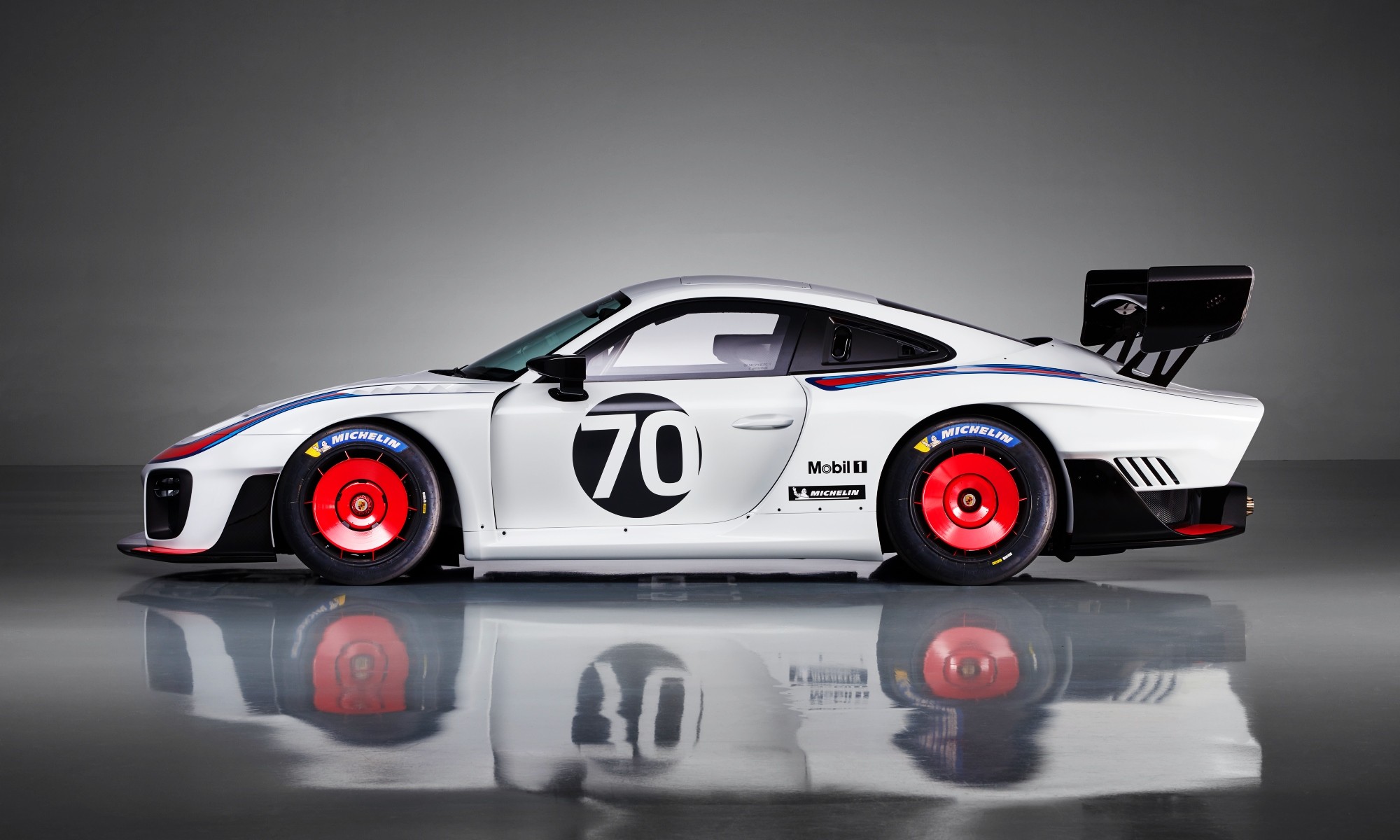
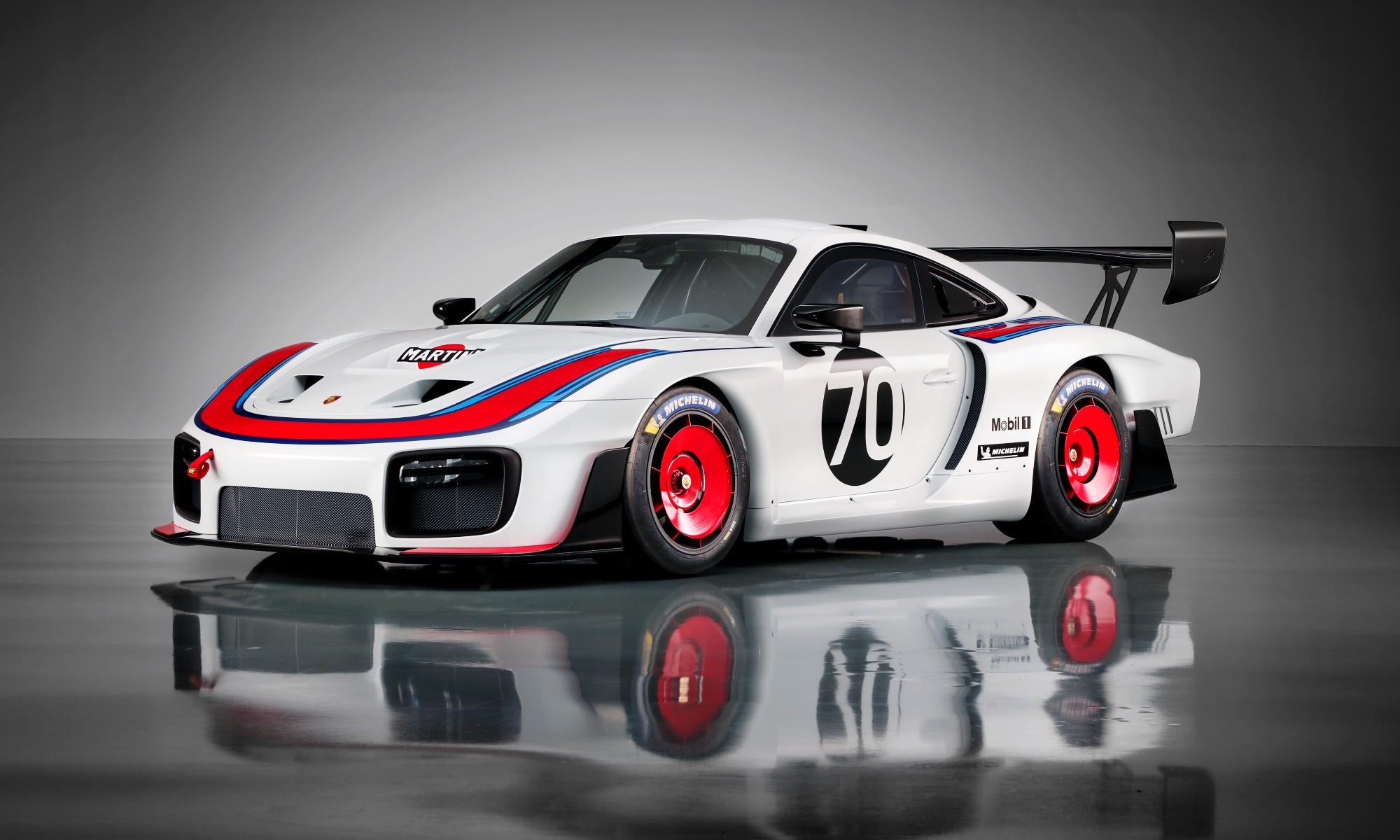
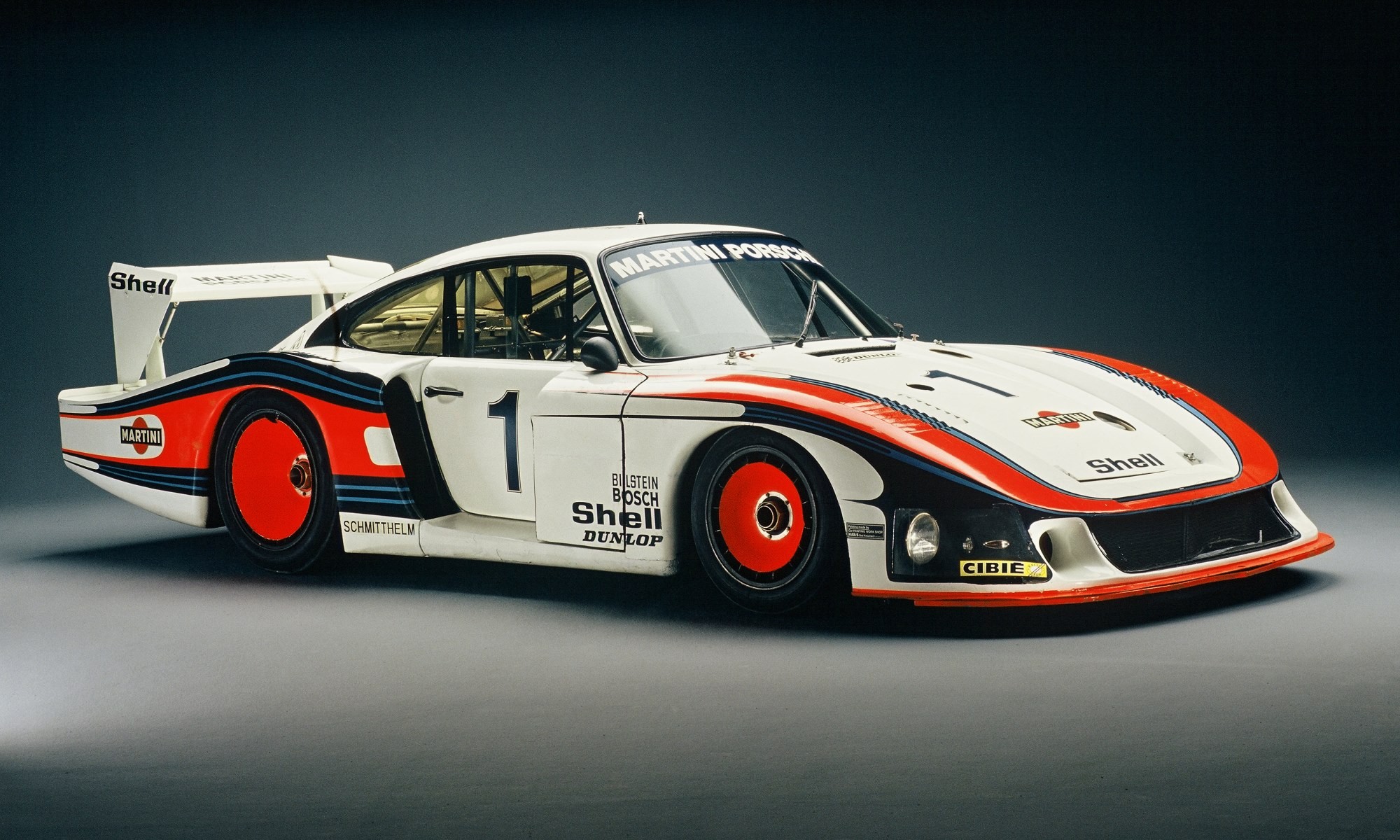
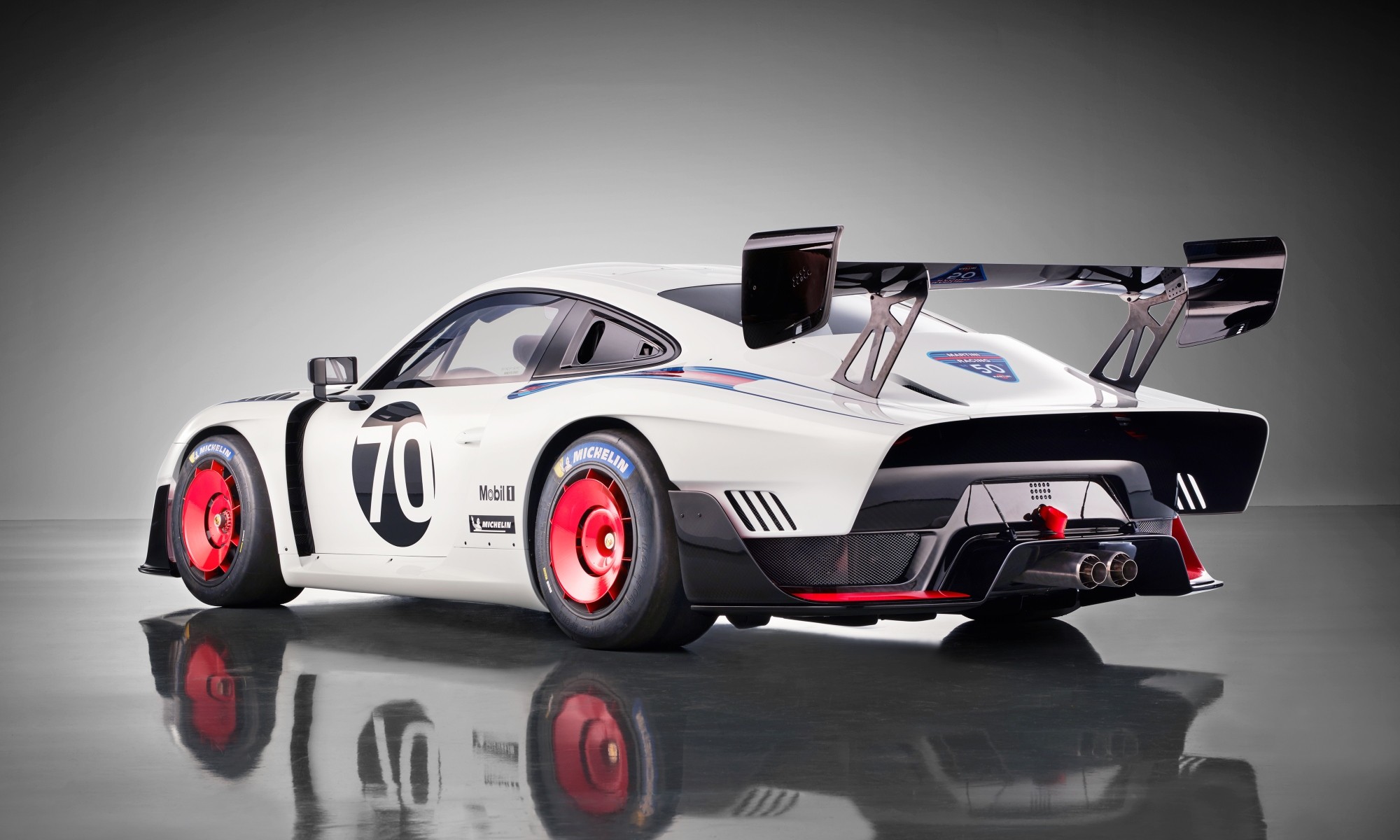
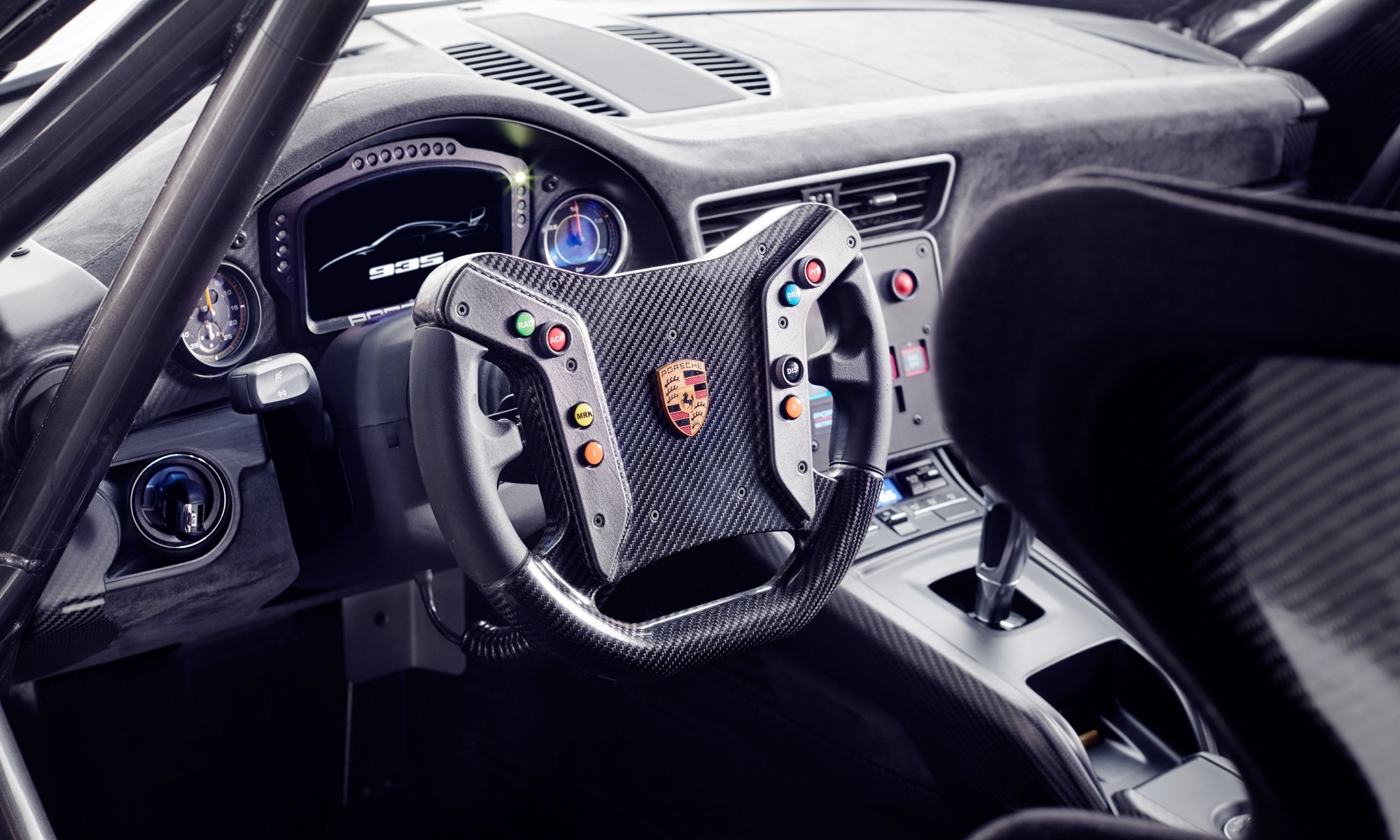



![[UPDATED] Mazzei Formula Five Is One Man’s Obsession](https://doubleapex.co.za/wp-content/uploads/2024/08/Mazzei-Formula-Five-500x383.jpg)
Leave A Comment